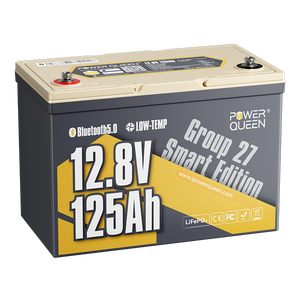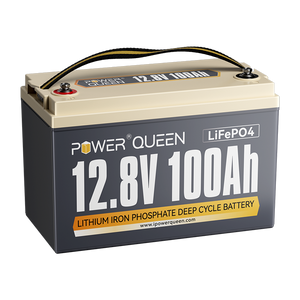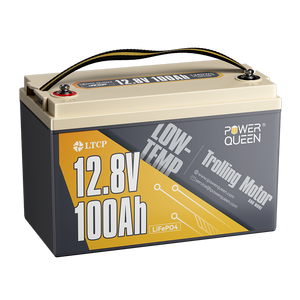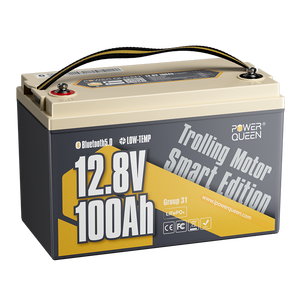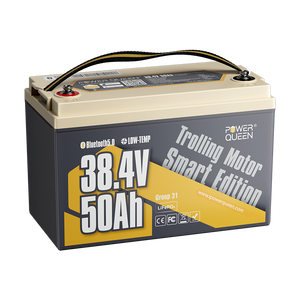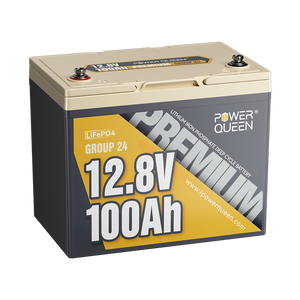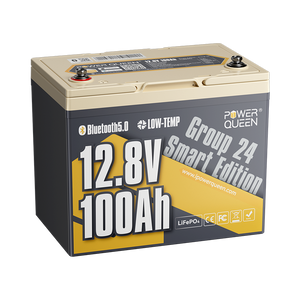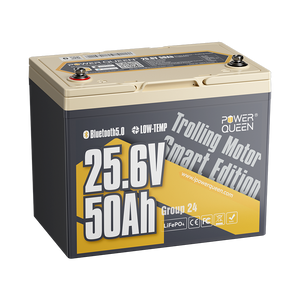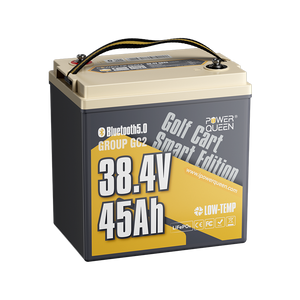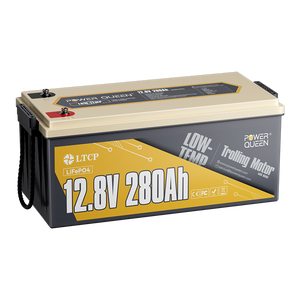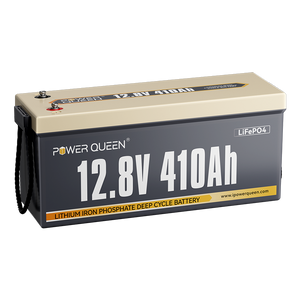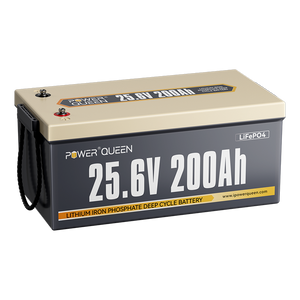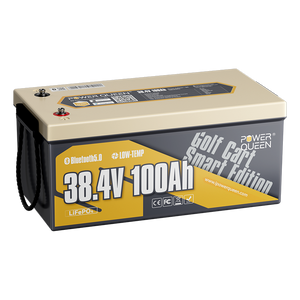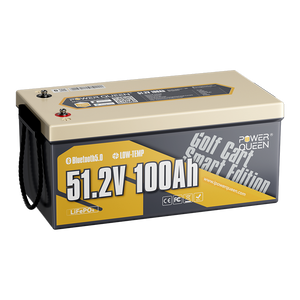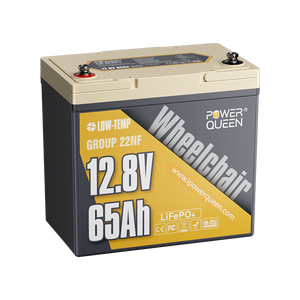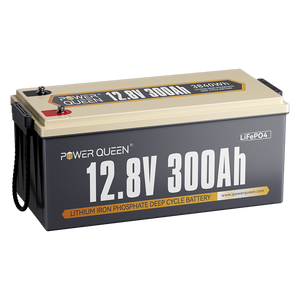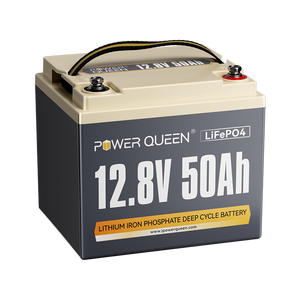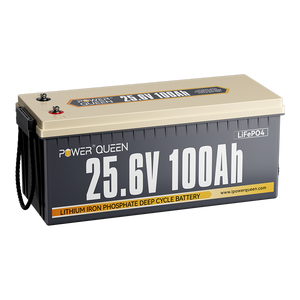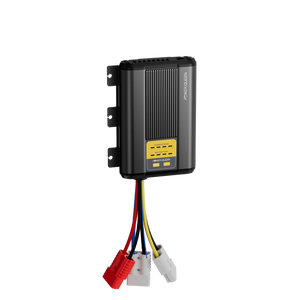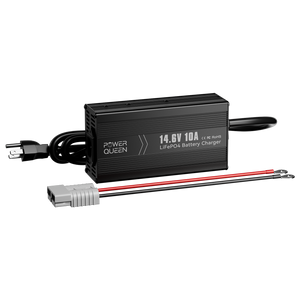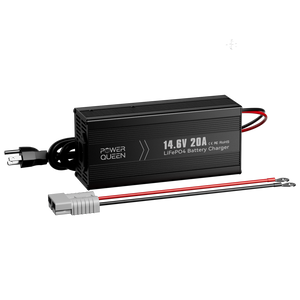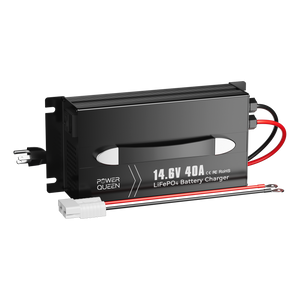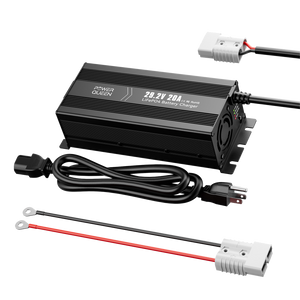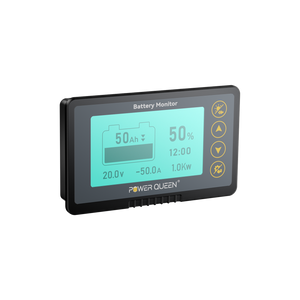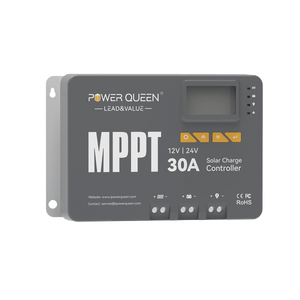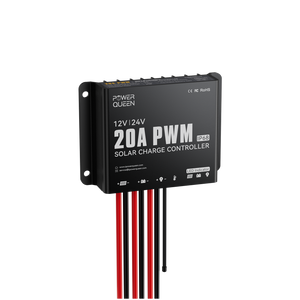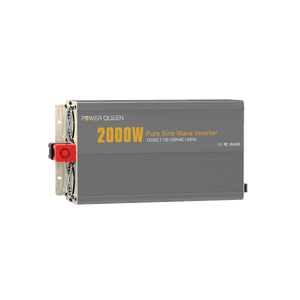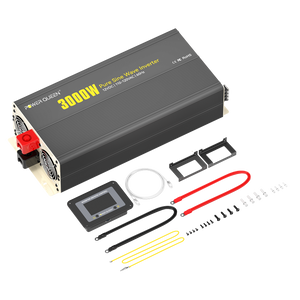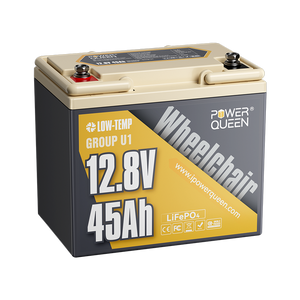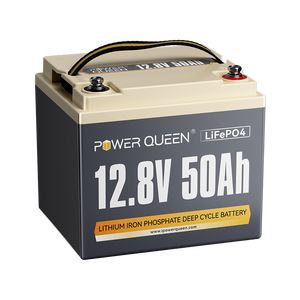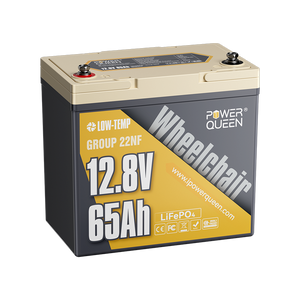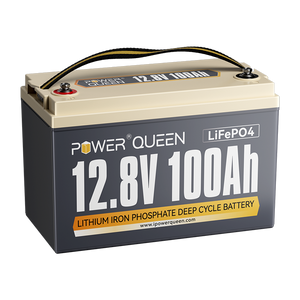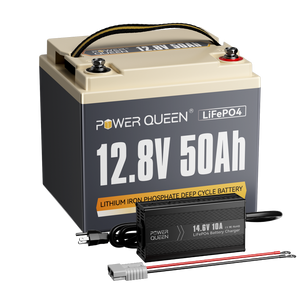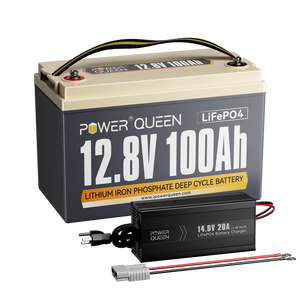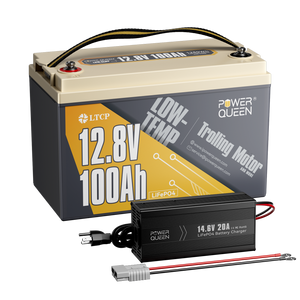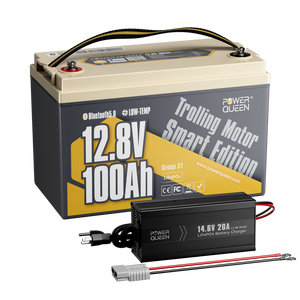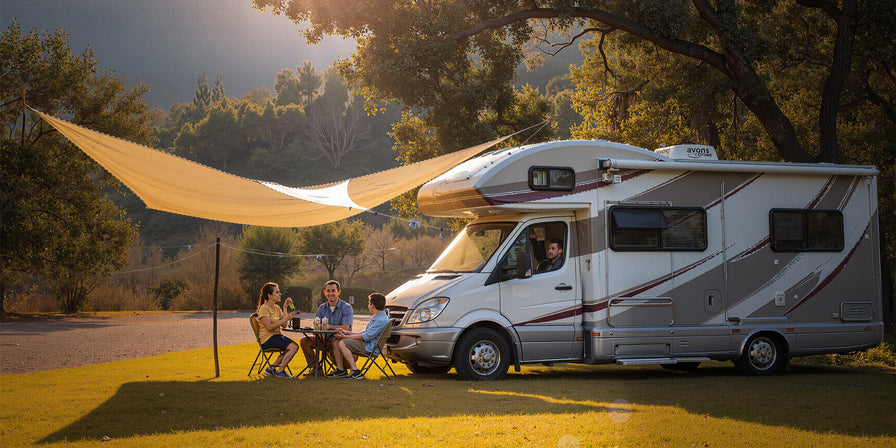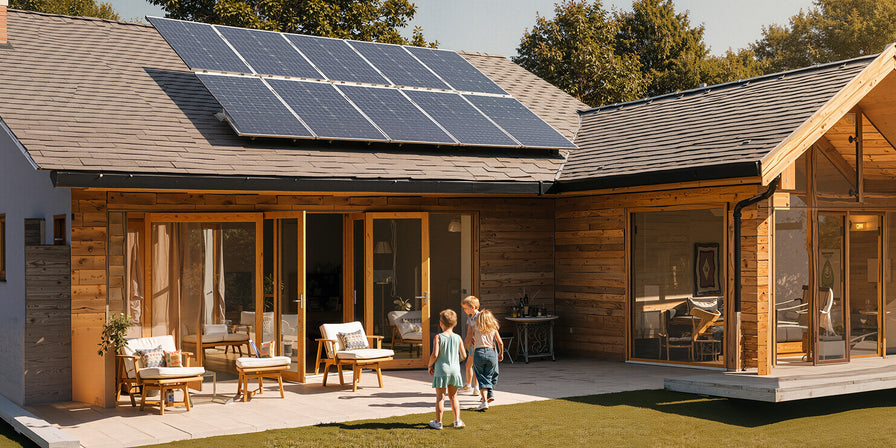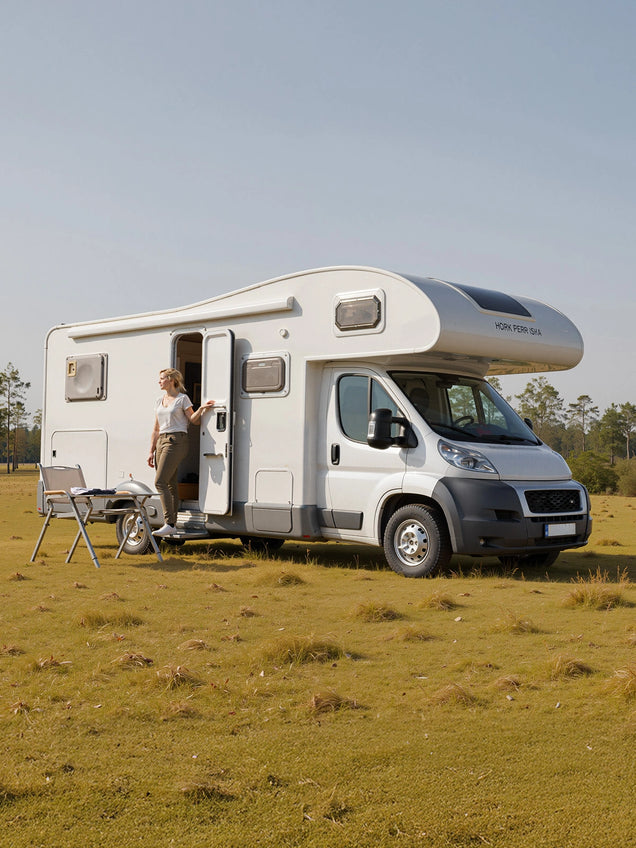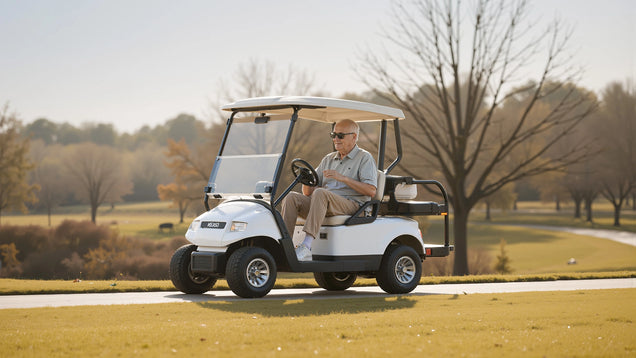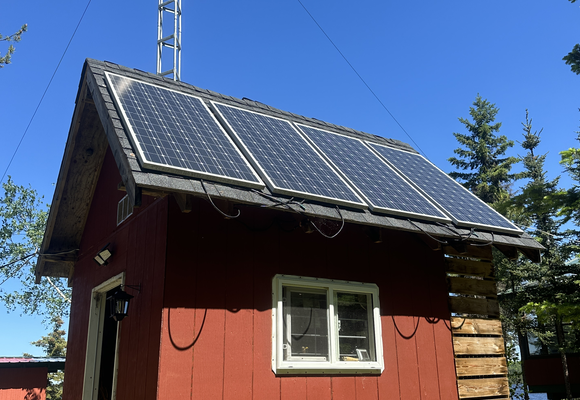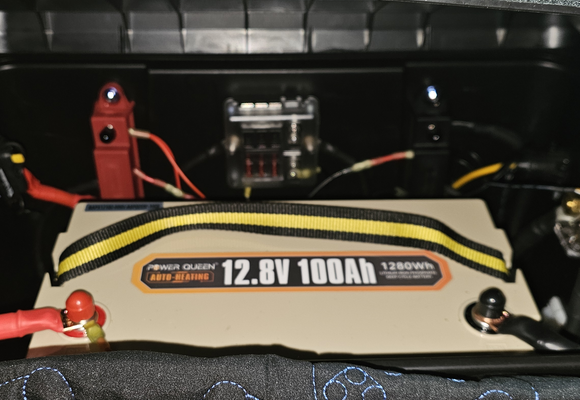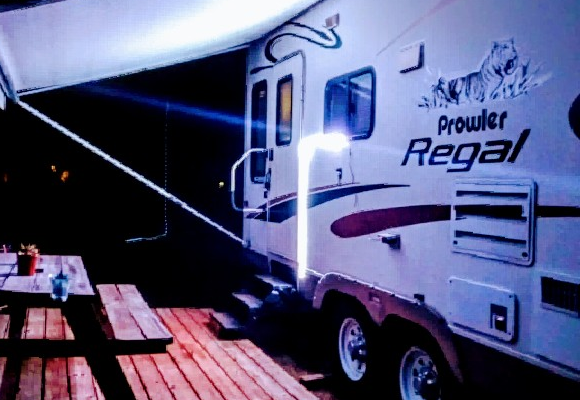Adding A Battery To A Solar System: A Guide
Solar power systems are increasingly popular as a clean, sustainable energy source. However, adding batteries can address the issue of energy intermittency caused by reliance on sunshine. Adding batteries to a solar system improves energy storage and dependability by allowing excess electricity to be stored and used during low-light conditions.
This article investigates the advantages of adding batteries to solar systems, such as greater energy storage and increased sustainability. This integration, which optimizes solar power investments, enables individuals and organizations to succeed in an energy-conscious society and pave the road for a greener future.
Table of Content
- Part 1. Why Add Batteries to Your Solar System?
- Part 2. How Do Solar Batteries Work
- Part 3. Different Types of Solar Batteries
- Part 4. Financial Considerations about Adding Batteries for Solar System
- Part 5. Other Tips To Maintain Your Solar System
Part 1. Why Add Batteries to Your Solar System?
A revolutionary solution in the quest for sustainability and energy independence is the addition of batteries to a solar system. Owners of solar systems can get around intermittency issues and get the most out of their investment in renewable energy by adding battery storage.
The ability of battery storage to contribute to energy independence is one of its main benefits. Even while solar panels produce power during the day, they will inevitably need to be connected to the grid at night or during times when there is little sunlight if there is no way to store the extra energy. However, by using batteries, excess electricity may be stored and used as needed, lowering reliance on the grid and offering a consistent power source all day and all night.
Furthermore, when solar energy production varies or there are power disruptions, having stored energy becomes essential. Having a reliable backup power supply is essential in areas that are vulnerable to grid disruptions or natural disasters. Batteries allow solar system owners to retain critical appliances and services even in the event of a grid outage by providing an uninterrupted power source. This can provide comfort, particularly in emergency scenarios where electricity is essential for communication, refrigeration, or medical equipment.
Batteries are also an effective solution to the issue of fluctuating solar energy production. The intensity of sunlight and, in turn, the quantity of power produced by solar panels can be affected by weather patterns, shade, and other environmental conditions. Batteries offer a power reserve that can be used when solar energy production is low by storing excess energy during periods of peak production. This maximizes the solar system's efficiency by ensuring a consistent supply of electricity and lessening the effects of sporadic solar generation.
Additionally, the incorporation of batteries makes load shifting easier. Batteries have the ability to store excess energy that can be utilized during periods of high demand for electricity, which are usually seen at night. By doing this, owners of solar systems can use their stored energy during peak hours rather than buying pricey electricity from the grid, thereby lowering their overall energy expenses.
Related reading: Can I Use a Battery Backup without Solar Panels?
Part 2. How Do Solar Batteries Work
The basic idea of solar batteries is to store energy and release it when needed. Just like pressure tanks and water heaters store water, they serve as power reservoirs. Batteries lose power when they are used to draw energy, but if the system is wired correctly, they may be automatically refilled by absorbing any extra electricity that comes via the system from sources like the grid or solar panels. Different battery installations can be made based on the system's goal:
- Connected solely to solar panels: When electricity is being consumed and there is no sunshine or when it is blocked by clouds, batteries that are only attached to solar panels are charged by sunlight and discharged. If you live off-grid and far from power sources, this is a possibility.
- Connected to the grid and solar panels: A hybrid solar system is one that has a solar inverter that can momentarily cut off from the grid. If you have time-of-use rates, you can use the stored energy in your home or send it back to the grid to save money. In such a system, you can charge the battery from the solar panels or the grid. Your house can also be powered by hybrid systems in the event of a blackout.
- Connected only to the grid: Batteries without solar panels can be installed, albeit they are not known as solar batteries. They can be used as a backup power source or as part of a virtual power plant, and they will be charged from the grid.
2.1 Advantages and disadvantages of solar batteries
Advantages
- Can reduce energy costs
- Becomes more reasonably priced and is eligible for tax breaks and credits
- Stores electricity when the grid fails
- Grid stress can be reduced by storing and releasing electricity during periods of high consumption
- Cleaner backup power source compared to generators
- Li-PO4 and other modern battery chemistries are extremely safe and simple to maintain
- Improves energy independence
Disdvantages
- Savings are contingent upon net metering regulations and local utility rates
- Expensive
- Large battery systems require ample storage space
- Not every electric company supports or incentivizes this behavior
- Generators may be more useful in major emergencies
- Certain batteries need to be managed and maintained since they can provide health and fire hazards
You can save money and ease the strain on the grid during periods of high demand by using the extra solar power stored in the batteries to replace the power you would typically have to purchase from or sell back to the utility company. Whether this is a practical option for you to save money depends on your utility company's net metering regulations.
Some businesses are beginning to let consumers register their batteries into virtual power plants, which are groups of batteries, smart thermostats, and other household equipment that cooperate to lower grid demand. Where possible, virtual power plants can provide battery owners further advantages.
If the grid fails because of outages, natural disasters, or even solar flares, you can also use the battery system. Although backup generators need to consume fossil fuels, usually natural gas or propane, they can also help keep the lights on during crises and charge batteries.
Although batteries are a major expense for your home energy system, storage costs can frequently be covered by federal tax credits and other incentive programs.
Part 3. Different Types of Solar Batteries
Solar backup systems employ a variety of battery types, such as lead-acid and lithium-ion batteries. Here's a brief synopsis.
3.1 Lithium-ion Batteries
The market offers a variety of lithium chemistries, such as lithium polymer, nickel-manganese-cobalt, and lithium iron phosphate (LiFePO4). The most recent lithium technologies don't pose as much of a fire hazard as the dramatic headlines might suggest. Compared to lead-acid batteries, they can discharge up to 90% of their capacity in a single cycle without suffering major damage, and they are easier to maintain and have a longer lifespan. They are more expensive, though, because they are sensitive to temperature. However, they are slowly taking over as the norm for solar applications in homes.
3.1.1 Benefits of Lithium-ion Batteries
Lighter Weight and Maintenance-Free
The fact that lithium marine batteries are far lighter than conventional lead-acid batteries is one benefit of making the switch. A Power Queen 12V 100Ah mini lithium battery weights only 19 lbs, compared to 60–70 lbs for a 12V 100Ah lead-acid battery. Lithium batteries also don't leak and don't need to be maintained, which makes boating hassle-free.


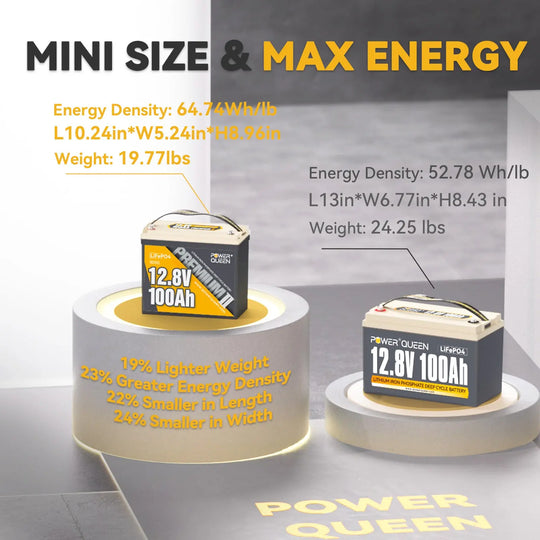
100% Depth of Discharge
Because lithium batteries have a 100% depth of discharge (DOD) rate, they can be completely depleted without sustaining any damage. This gives you greater freedom to use the battery's capacity without worrying about shortening its life. On the other hand, in order to preserve optimal performance, lead-acid batteries should not be depleted below 50%.
10 Year Lifespan
Lead-acid batteries have an average lifespan of 3 to 5 years; frequent deep discharges or exposure to severe environments shorten this time. Nonetheless, with the right upkeep and care, LiFePO4 batteries can last for 10 years or longer. They are robust and appropriate for maritime deep cycle battery applications since they are made to withstand more charge and discharge cycles without noticeably reducing their capacity.
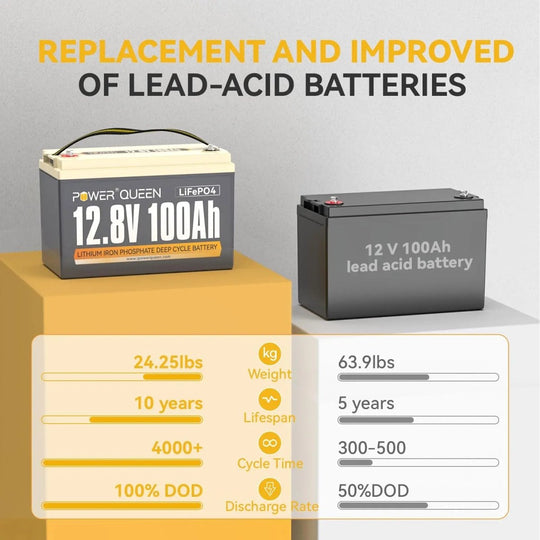
Power Queen 12V 100Ah Deep Cycle Lithium Battery
3.2 Lead-acid Batteries
For more than a century, the fundamentals of this technology have mainly not changed. They are still commonly used and reasonably priced. More costly sealed batteries, which require less maintenance and remove the possibility of acid leaks and hydrogen gas escape, are usually utilized for solar systems. For a while, sealed lead-acid batteries appeared to be the way of the future for solar power.
Though they are an excellent and sufficient low-cost alternative, all lead-acid batteries need more careful monitoring of the charging levels and cannot match with lithium-ion batteries in terms of efficiency, energy, and lifespan.
3.2.1 Flow Batteries
Since flow batteries, also known as redox flow batteries, are mostly made for business applications, they are less frequently found in residential systems. Nonetheless, this technology is promising and could soon find broader use in home battery backup systems.
3.2.2 Nickel-cadmium Batteries
The energy density of nickel-cadmium batteries is double that of lead-acid batteries. Large commercial and industrial projects can benefit from their high durability, high cost, and ability to function in harsh environments. Cadmium, on the other hand, is poisonous and usually not appropriate for home use.
Part 4. Financial Considerations about Adding Batteries for Solar System
4.1 Initial Cost Analysis
Depending on the method used, different upfront investments may be needed for battery installation. Compared to AC coupling or replacing the grid-tie inverter, DC coupling may be more costly because it usually calls for additional equipment, such as a separate charge controller and inverter.
When estimating the initial cost, it's critical to take into account any applicable government rebates or incentives. These subsidies can lessen the initial outlay of funds and increase the viability of installing batteries.
4.2 Cost Savings in the Long Run
Self-consumption is one of the major cost savings that come with installing batteries. Extra solar energy generated during the day can be stored and used at night or when the solar panels are not producing electricity if a battery backup system is installed. As a result, there is less dependence on the grid for electricity, which lowers electricity costs.
Additionally, peak shaving is possible with battery backup systems. Batteries can be used to provide power during periods of high electrical demand, such as evenings when numerous families are using electricity concurrently, minimizing the need to take electricity from the grid. This also aids in lowering peak demand fees.
Avoiding grid electricity expenses during blackouts is another economical advantage of battery backup systems. Depending on the battery's size, battery backup systems can automatically power the entire house or just the most important appliances when the grid goes down. This removes the need to buy electricity from the grid during an outage or rely on costly and sometimes unreliable backup generators.
Part 5. Other Tips To Maintain Your Solar System
5.1 Maintaining the battery backup system
For all batteries, monitor the discharge depth according to the manufacturer's instructions. Generally speaking, this entails keeping lead-acid batteries at least half charged at all times. It is safe to discharge many lithium-ion batteries to just 10% of their capacity. Additionally, distilled water must occasionally be added to flooded lead-acid batteries.
5.2 Lifespan and warranty considerations
Your battery backup system may not hold a charge as well as it once did after a few years after installation. This is due to the fact that backup batteries gradually lose their storage capacity, just like any other battery type.
In light of this, the backup batteries include a warranty that specifies the battery's expected level of efficiency at the conclusion of the warranty period. A 70% useable life warranty, which means that by the conclusion of the 10-year warranty period, the battery should still function at 70% of its initial capacity, is offered by several high-end solar batteries. The normal warranty period for lead-acid batteries is two to five years.
5.3 Inverters and batteries
When it comes to converting and storing solar energy, inverters are essential. Households and the grid usually utilize alternating current (AC), but solar panels generate direct current (DC). AC to DC conversion is possible with inverters, and vice versa. An inverter that stores energy in DC form and converts it back to AC for usage by the grid or the residence is a common feature of solar batteries. Using a pure sine wave inverter is advised.
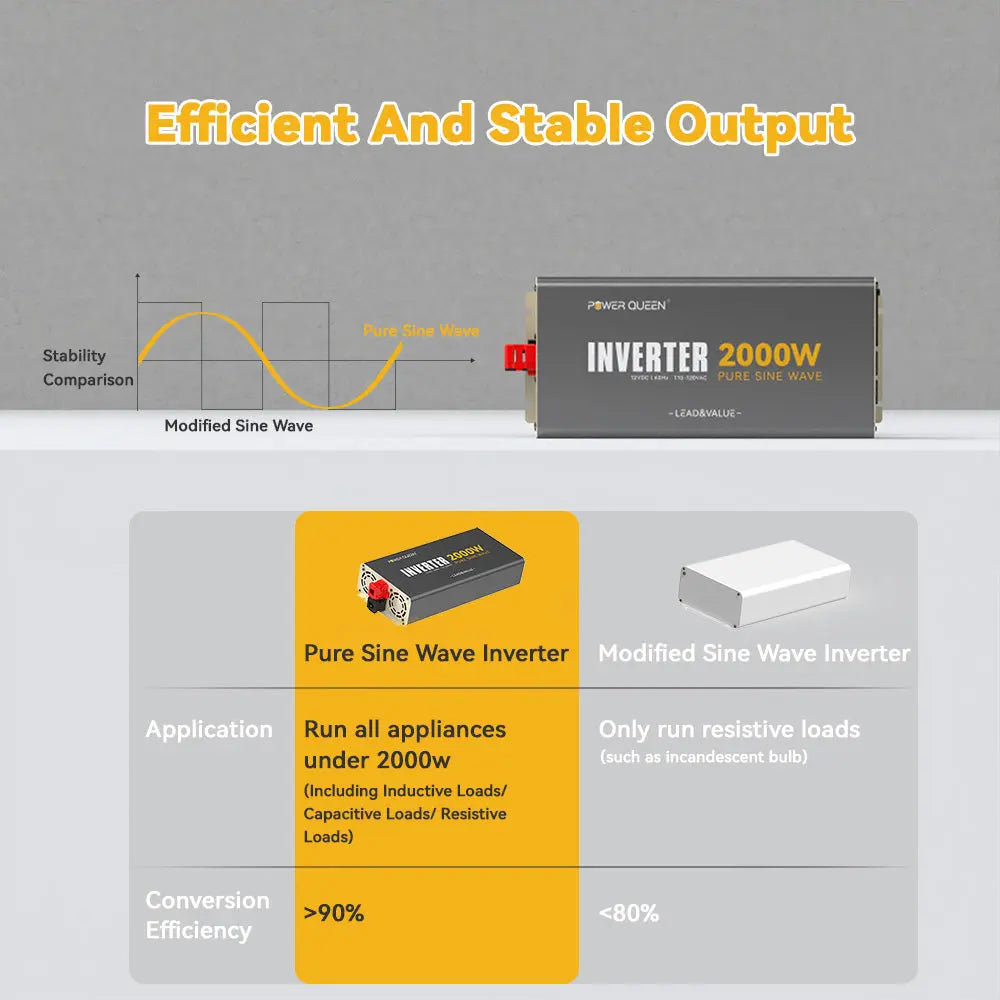
Battery producers have been trying to reduce the frequency of power inversion and increase battery efficiency because it is not entirely efficient. Because of this, certain battery systems might not include input and output inverters. To make sure you have all the required external inverters, talk about the battery system you are thinking about with your solar installation.
Be wary of easily available low-cost inverters. Modern household equipment must be powered by pure sine wave inverters; otherwise, you risk destroying some of your home's more delicate electronic circuits.
